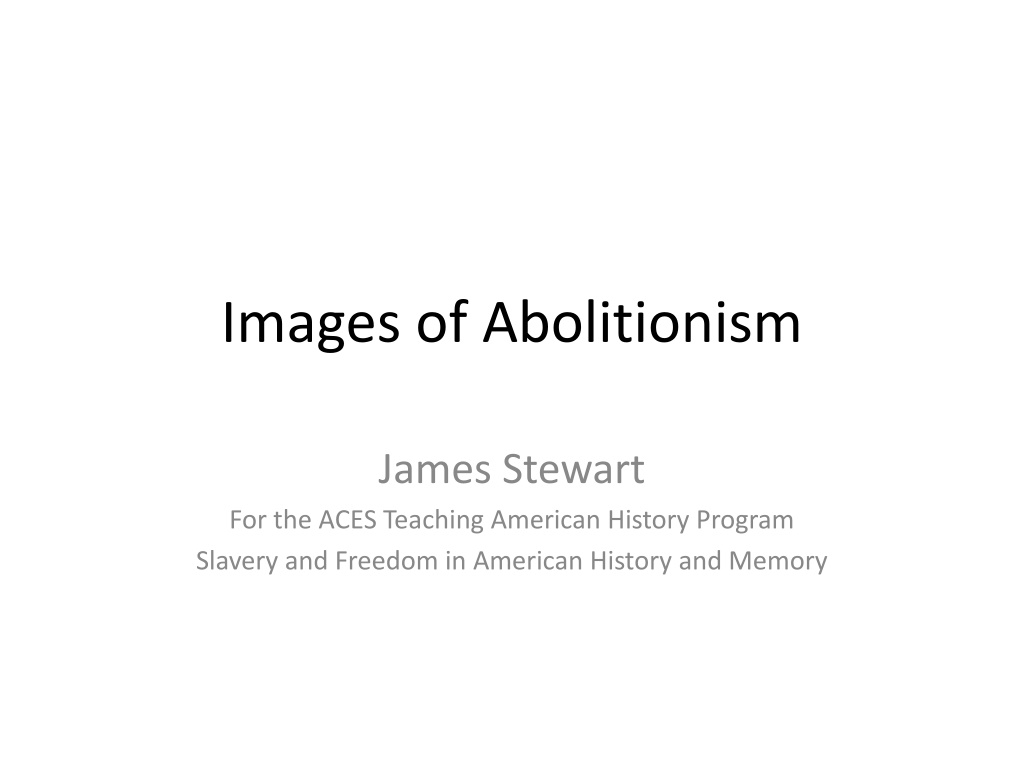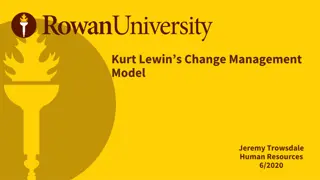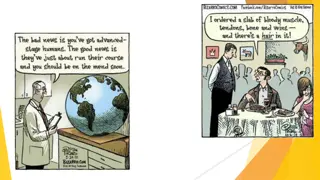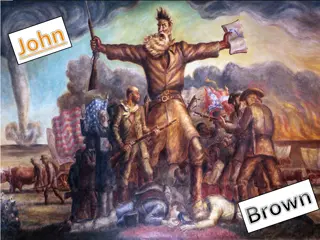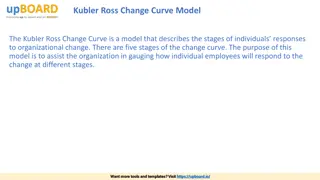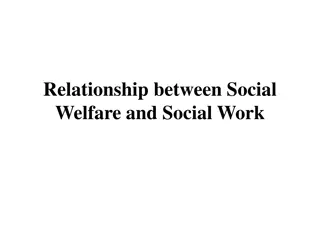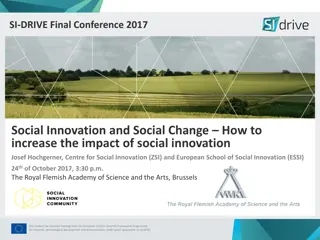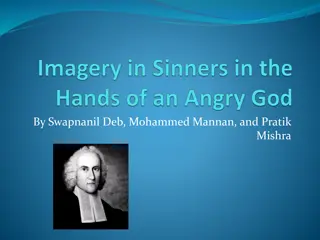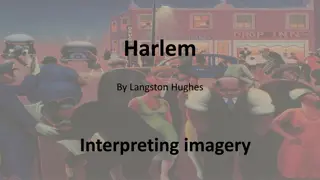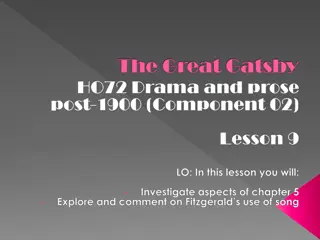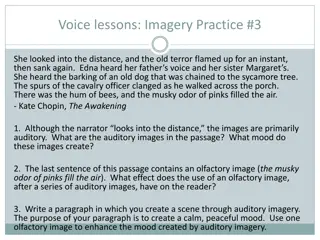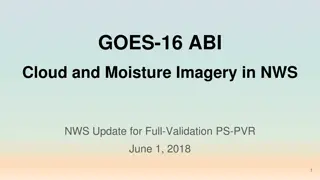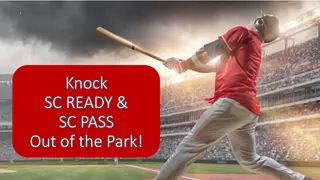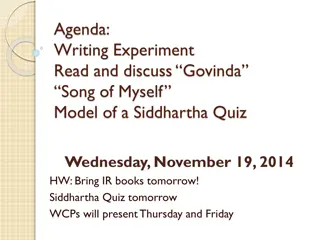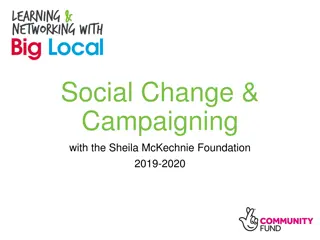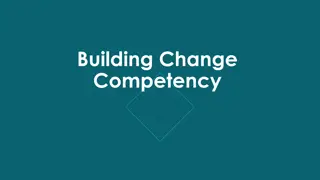Exciting Imagery of Abolitionism and Social Change
Explore a collection of powerful images related to abolitionism, including abolitionist approaches to changing public opinion, the composition and appeals of the abolitionist movement, assumptions about race, gender, and class, and the impact of imagery on audiences in different regions. Gain insights into the way abolitionists envisioned emancipation, their views on religion and gender, and the values of black abolitionists in historical contexts.
Download Presentation

Please find below an Image/Link to download the presentation.
The content on the website is provided AS IS for your information and personal use only. It may not be sold, licensed, or shared on other websites without obtaining consent from the author. Download presentation by click this link. If you encounter any issues during the download, it is possible that the publisher has removed the file from their server.
E N D
Presentation Transcript
Images of Abolitionism James Stewart For the ACES Teaching American History Program Slavery and Freedom in American History and Memory
Abolitionist Alphabet What does this image tell you about abolitionist approaches to changing public opinion? How different were their approaches to those used by activist religious groups today? How different/similar are their assumptions about the nature of social change?
Antislavery Rally What does this reveal about the abolitionist movement s composition? It s appeal to a specific social class? Its assumptions about race, gender and class?
Antislavery Token What does the image suggest about abolitionists assumptions about gender as well as race? To whom is this figure appealing? What can you determine about the psychology of the abolitionists efforts to change public opinion from the posture and motto of this emblem? What do you make of the fact that this is a token that can, like money, be passed from hand to hand?
Who Bids? This image s caption is very important to read carefully. What is the author saying about the various meaning of the images and their impacts on differing audiences in the South vs. the North, or on antislavery vs. proslavery views?
The Truth Shall Make You Free Look carefully at the groupings of figures surrounding the main figure as well as at the figure herself. What do they tell you about the way in which the abolitionists envisioned emancipation? How is main figure a familiar one in American iconography? How does it reveal abolitionists assumptions about religion and gender?
Life in Philadelphia What does this image tell you about black abolitionists actual social and political values as well as about how black activism was received by most people in the North. To what extent are these images familiar still today?
The Results of Abolitionism This is a complex cartoon that you ll need to inspect carefully. Who is really in charge of this work force? Who are its principal victims? What does the cartoon tell you about class tensions and their relationship to racial tensions surrounding abolitionism?
A Down(w)right Gabbler ( Wright refers to Francis Wright, a leading radical feminist of the 1820s and 30s) As we know, the abolitionist movement prominently featured women in public roles and was actually the seedbed of the antebellum women s movement. How do these highly suggestive male and female images help us to understand those who opposed the abolitionists?
Practical Amalgamation This very blunt and provocative anti-abolitionist image captures well most of why the abolitionists were so terribly hated in the North. The pictures on the wall include the British abolitionist/Irish emancipationist Daniel O Connell. How do you relate elements in this tableau to other imagees you ve seen in this collection?
